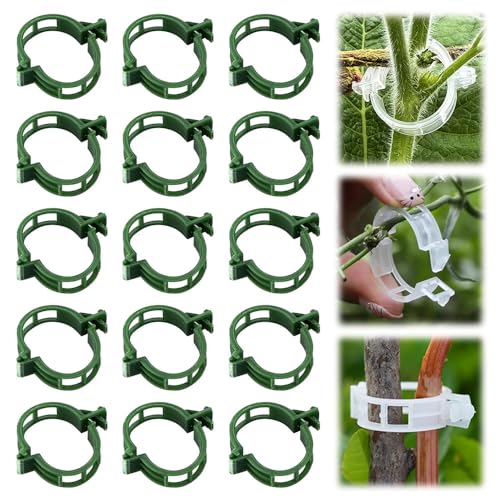How can I take care of my petunia flowers?
Petunias are one of the most popular flowers in the world. They’re beautiful, they’re easy to care for, and they come in a wide variety of colors. But even though they’re relatively low-maintenance, there are still a few things you need to do to keep your petunias looking their best. In this blog post, we’ll give you some tips on how to take care of your petunia flowers. From watering to fertilizing to deadheading, we’ll make sure you know everything you need to know to keep your petunias healthy and happy.

What are petunias?
Petunias are one of the most popular flowers in the world. They come in a wide variety of colors, shapes, and sizes. Petunias are easy to grow and care for, making them a great choice for both beginners and experienced gardeners alike.
When it comes to petunia care, there are a few things to keep in mind. First, petunias prefer full sun and well-drained soil. Be sure to plant them in an area that gets at least six hours of direct sunlight each day. If your soil is particularly heavy or clay-like, you may want to consider planting petunias in raised beds or containers. This will help ensure that their roots don’t get waterlogged.

What to Plant in Spring Garden 2025
$5
The ultimate guide for spring 2025 gardening
- Comprehensive Guide
- Easy-to-Follow Steps
- Year-Round Tips
- Organic Practices
- Enhance Your Garden’s Aesthetic
- Download Now and Start Your Gardening Journey!
Second, petunias are fairly drought-tolerant once they’re established. However, they will bloom best if they’re watered regularly (about once a week). During periods of extended drought, you may need to water them more frequently.
Finally, deadhead spent blossoms regularly to encourage continued blooming throughout the growing season. With proper care, your petunias will provide color and beauty from spring until fall!
How to plant petunias
When planting petunias, it is important to choose a location that receives full sun and has well-drained soil. The best time to plant petunias is in the spring after all danger of frost has passed.
To plant petunias, dig a hole that is twice as wide as the root ball and just as deep. Place the root ball in the hole and fill it in with soil, tamping down around the base of the plant. Water thoroughly.
What type of soil do petunias need?
Petunias need well-drained, fertile soil with a pH of 6.0 to 7.5. The best way to determine if your soil is well-drained is to dig a small hole in the ground and fill it with water. If the water drains away within a few hours, then you have well-drained soil. If the water stays in the hole or only drains slowly, then you have poorly drained soil that will need to be improved before planting petunias.
How often do water petunias?
Water your petunias deeply and less frequently to encourage root growth and discourage leaf diseases. How often you water will depend on the weather and the type of petunia you have. Check the soil before watering, and water only when the top inch or so is dry.
How much sun do petunias need?
Petunias are one of the most popular flowers for gardens and container gardens, and they are easy to care for. They need full sun to bloom well, so make sure they get at least six hours of sun each day. If you live in a hot climate, petunias may need a little afternoon shade to prevent them from wilting in the heat.
What type of fertilizer is best for petunias?
When it comes to fertilizing your petunias, you have a few different options. You can use a general-purpose fertilizer, or you can go with something specifically designed for petunias. If you’re not sure which is best, ask your local nursery or gardening center for guidance.
In general, you’ll want to fertilize your petunias every two weeks or so during the growing season. Be sure to follow the instructions on your fertilizer package, as too much fertilizer can actually be harmful to your plants.
How to deadhead petunias
To deadhead petunias, start by cutting off any wilted or dead flowers. Then, cut the stem below the flower down to the first leaf. Repeat this process every few days to keep your petunias looking their best.
How to overwinter petunias
When the weather starts to cool off in the fall, it’s time to start thinking about overwintering your petunias. Here are a few tips on how to do it:
- Cut back the plants: Cut back the petunia plants by about half their size. This will help them to better survive the winter.
- Bring them indoors: Move the plants indoors to a cool, sunny location. If you can’t bring them inside, try placing them in a garage or shed that stays relatively warm.
- Water sparingly: Water the petunias only when the soil is dry. Overwatering can lead to problems such as root rot.
- Fertilize regularly: Fertilize the plants every two weeks with a water-soluble fertilizer designed for flowering plants. This will help them stay healthy and bloom throughout the winter months.
By following these tips, you can keep your petunias healthy and blooming all winter long!
Conclusion
We hope these tips on how to take care of your petunia flowers have been helpful. Remember to water them regularly, give them plenty of sunlight, and fertilize them every few weeks. With a little bit of TLC, your petunias will thrive and provide you with beautiful blooms all season long!
8 Tips For Taking Care Of Your Visually Impaired Dog







